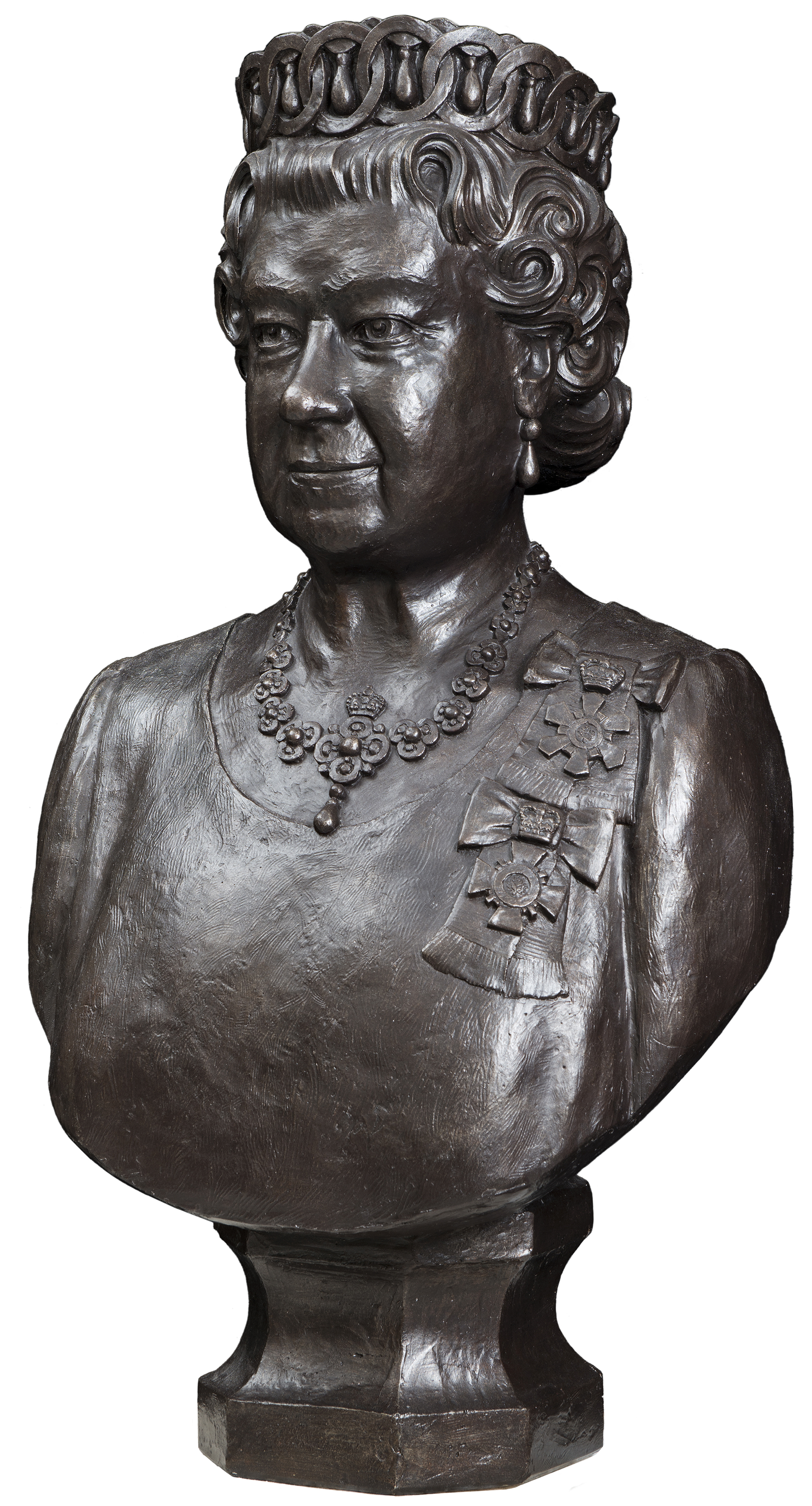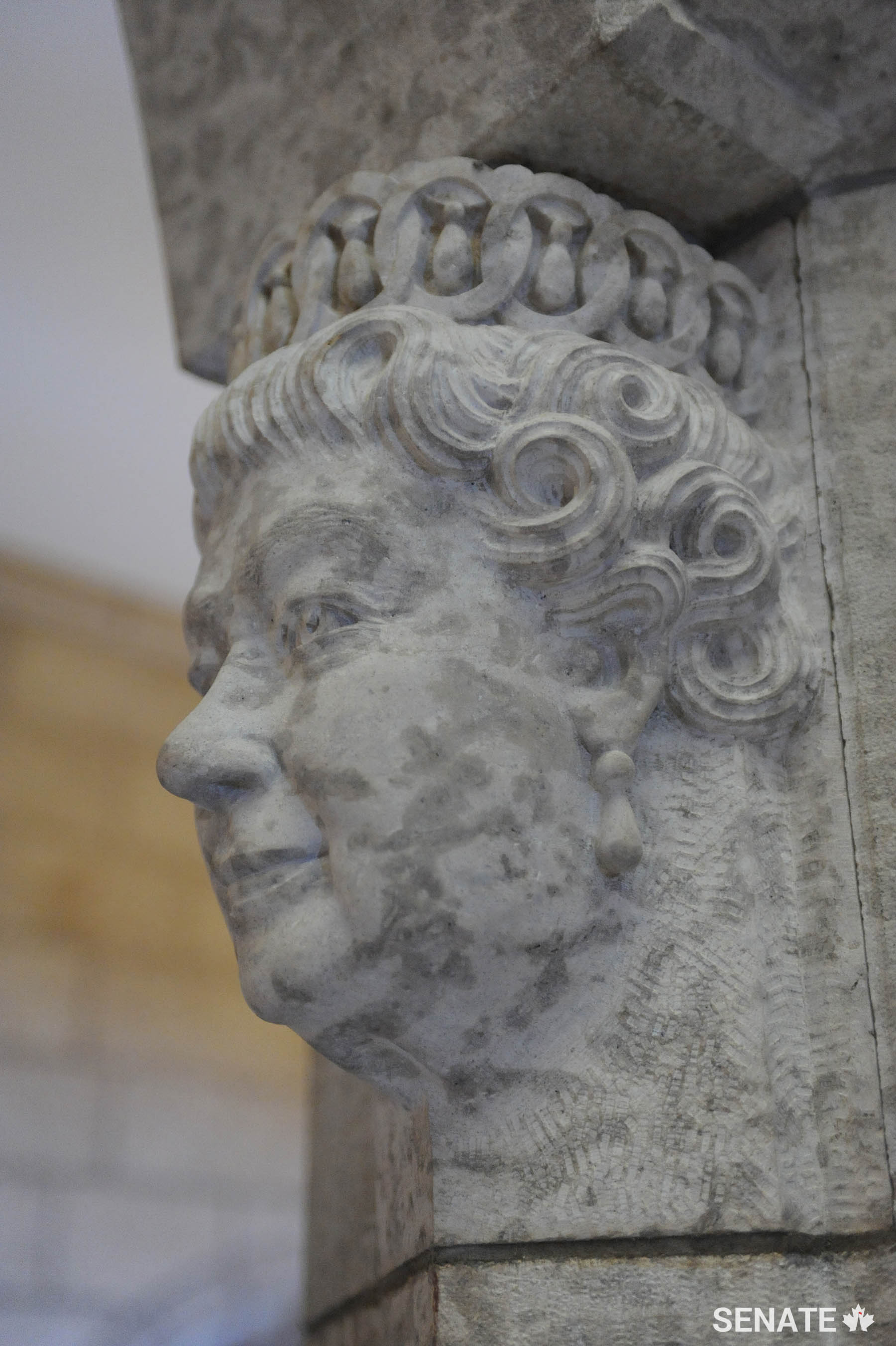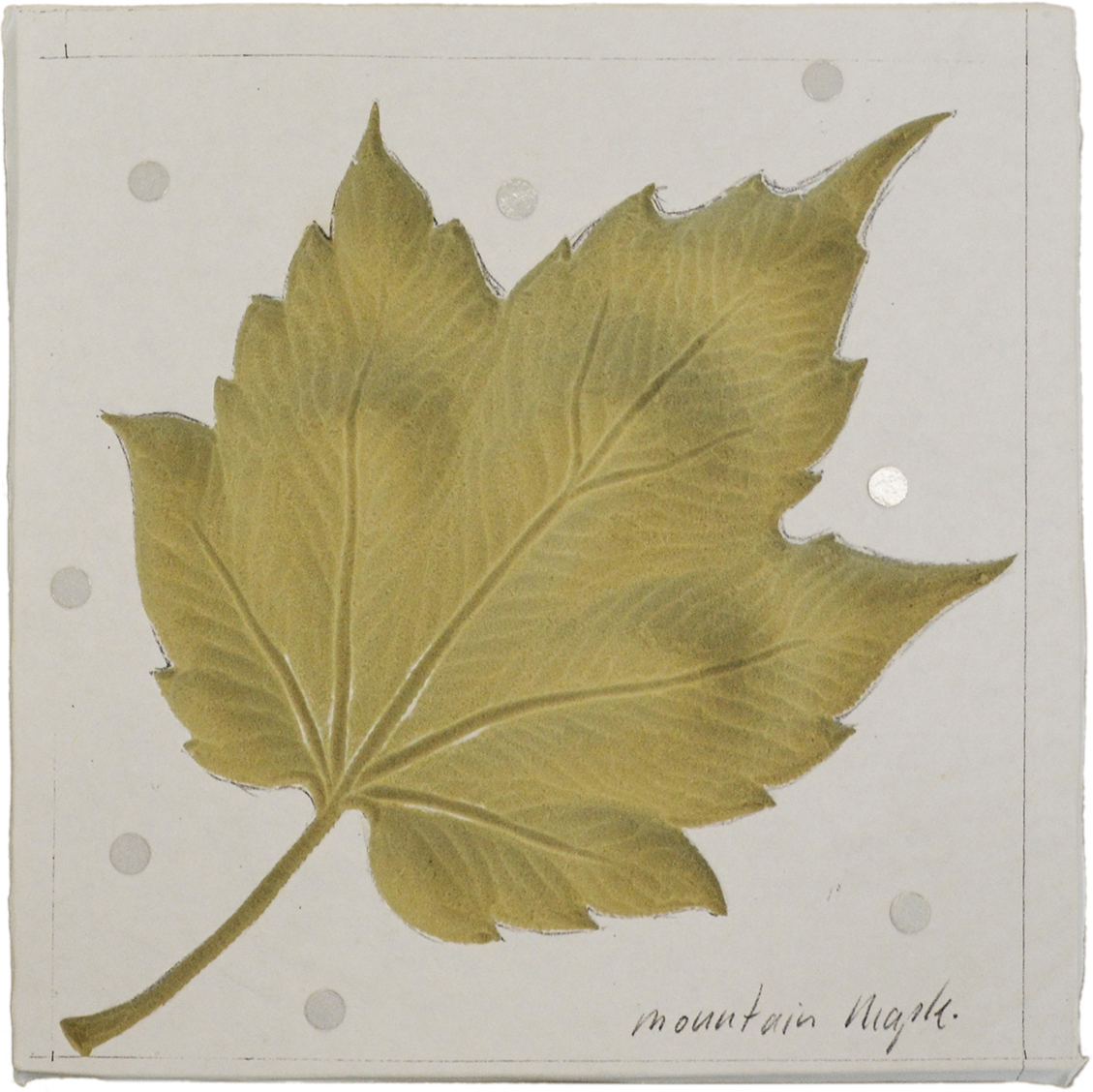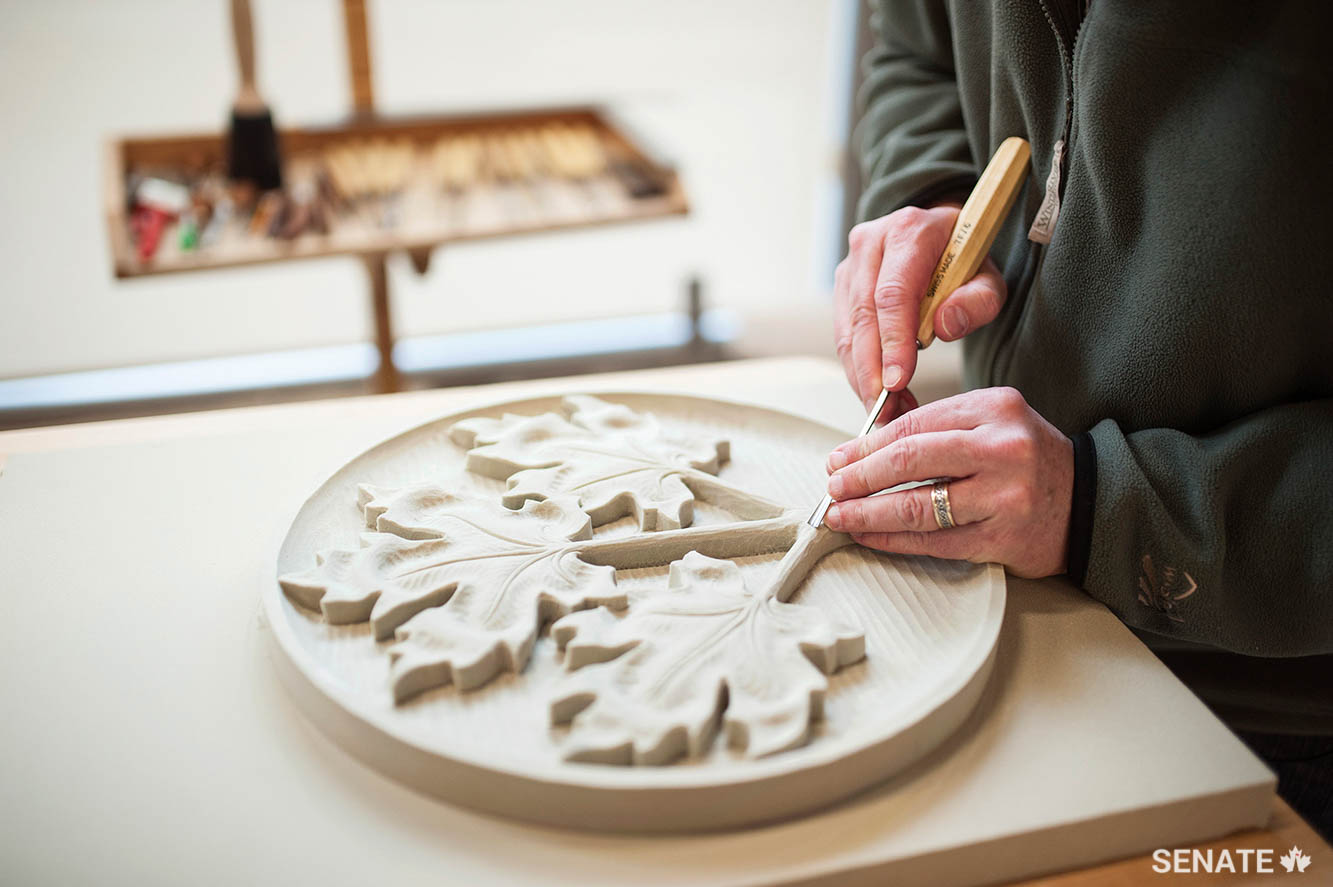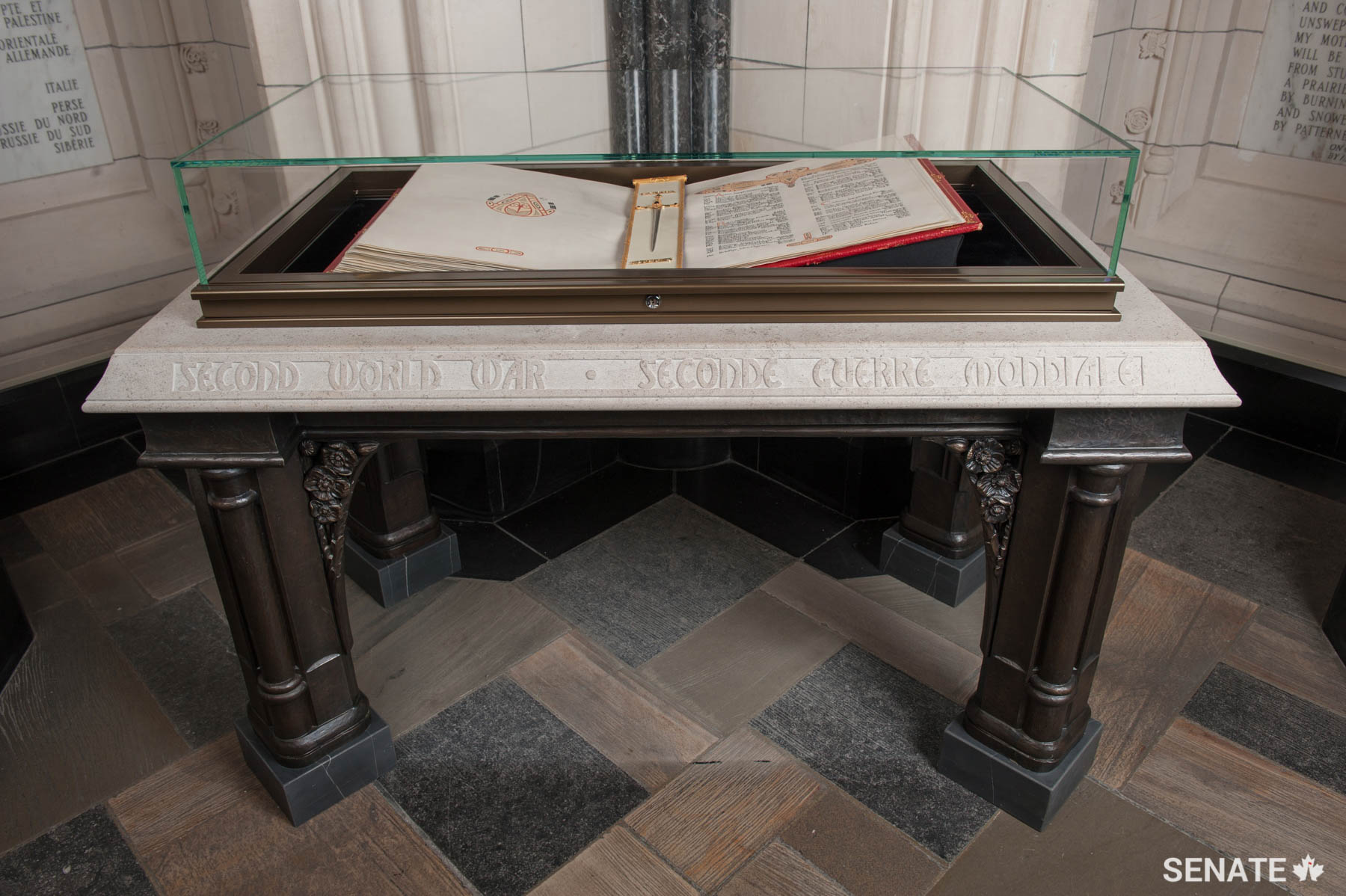Meet Dominion Sculptor Phil White

In his Gatineau workshop, Dominion Sculptor Phil White whittles away, carving a maple leaf, painstakingly refining each vein.
“The textures I’m doing here are very deliberate. The idea is that you’re creating a contrast between the surfaces and the background,” he says.
As Dominion Sculptor, he plays the dual role of carver and curator. He is responsible for documenting 100 years’ worth of sculpture in Ottawa’s Parliamentary precinct and assessing its state of repair. He is also responsible for expanding that inventory, creating new pieces to mark state occasions and continually adding to the stone, wood and bronze décor on Parliament Hill.
“The position is unique in the world,” Mr. White explains. “The reason is that Canada’s Parliament Buildings are relatively new compared to other parliament buildings around the world.”
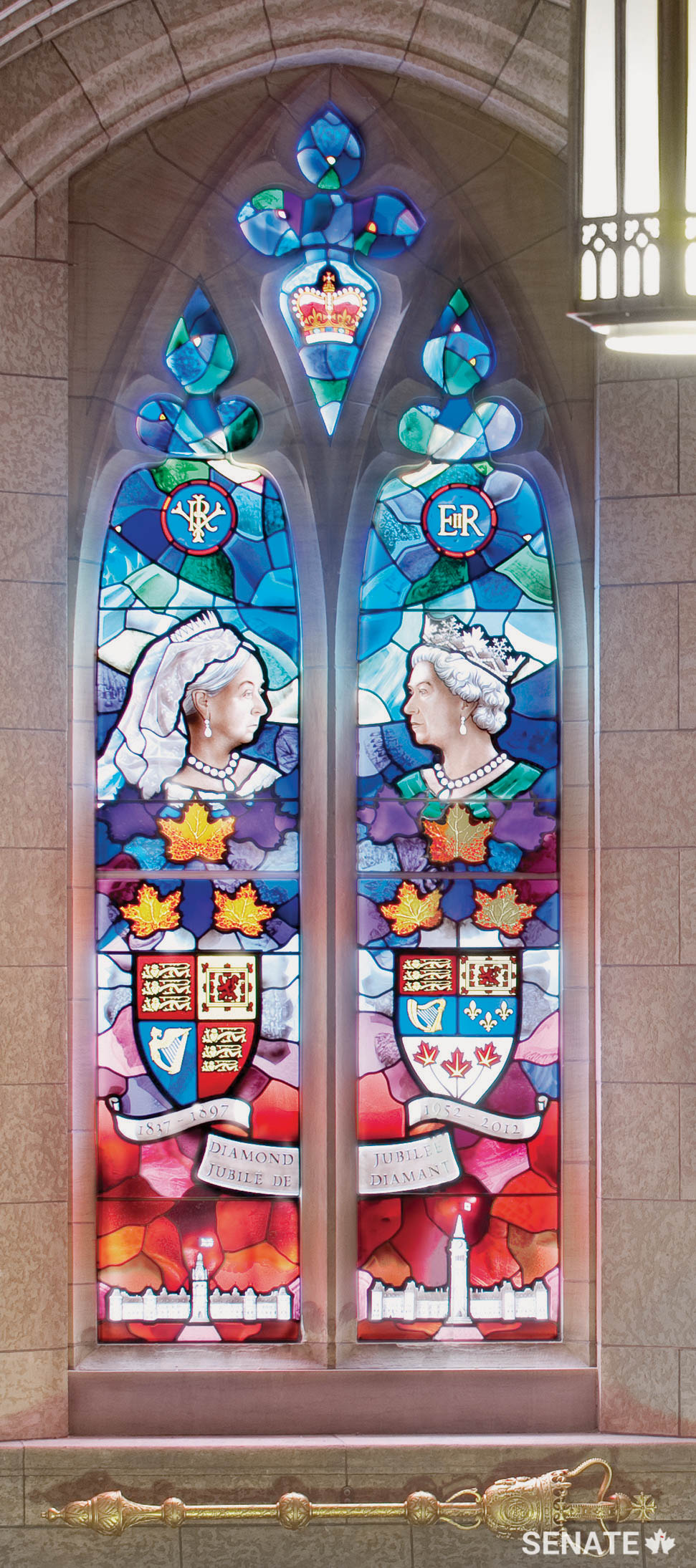
In 1916, architect John Pearson designed Centre Block to be an evolving showcase for sculpture. “He left thousands of uncarved stone blocks to be sculpted by coming generations of carvers, to portray Canada’s history as it evolved. No other country has a program like that.”
Mr. White, the fifth person to hold the Dominion Sculptor position, was introduced to carving by his grandfather, a master mason and woodcarver, then went on to study art conservation at Sir Sandford Fleming College. Mr. White came to Ottawa in 1987 as a conservator and sculptor for the Canadian Museum of Civilization and the Canadian War Museum.
In 2005, a national competition was held to fill the Dominion Sculptor job. After a grueling 10-month selection process, Phil White was chosen from a field of 75 candidates.
Dozens of his pieces now adorn the Senate, the House of Commons and the Library of Parliament. One of the most prominent is a stone corbel portrait of Queen Elizabeth II in the Senate foyer. The Queen unveiled the original plaster model at Rideau Hall during her royal visit in 2010.
In 2012, Mr. White was commissioned to design new altars for the books of remembrance in the Peace Tower’s Memorial Chamber. The commission was particularly significant for him. “I have relatives who were mentioned in the First World War book and my mother and father were veterans of the Second World War, so it was very important for me to get it right.”
That year, Mr. White was awarded the Queen’s Diamond Jubilee Medal in recognition of his work.
Over the summer of 2017, he has been occupied with preparing designs for the interim Senate chamber in Ottawa’s refurbished Government Conference Centre. Canada’s upper house of Parliament will begin sitting here in the fall of 2018 and will remain for 10 years or more while Centre Block is being restored.
“My role, working with the project’s architects, is to create a program of decorative iconography that represents the symbols of Canada — maple leaves, shields of the provinces, the arms of Canada, the Senate emblem — in a cohesive design within this space.”
